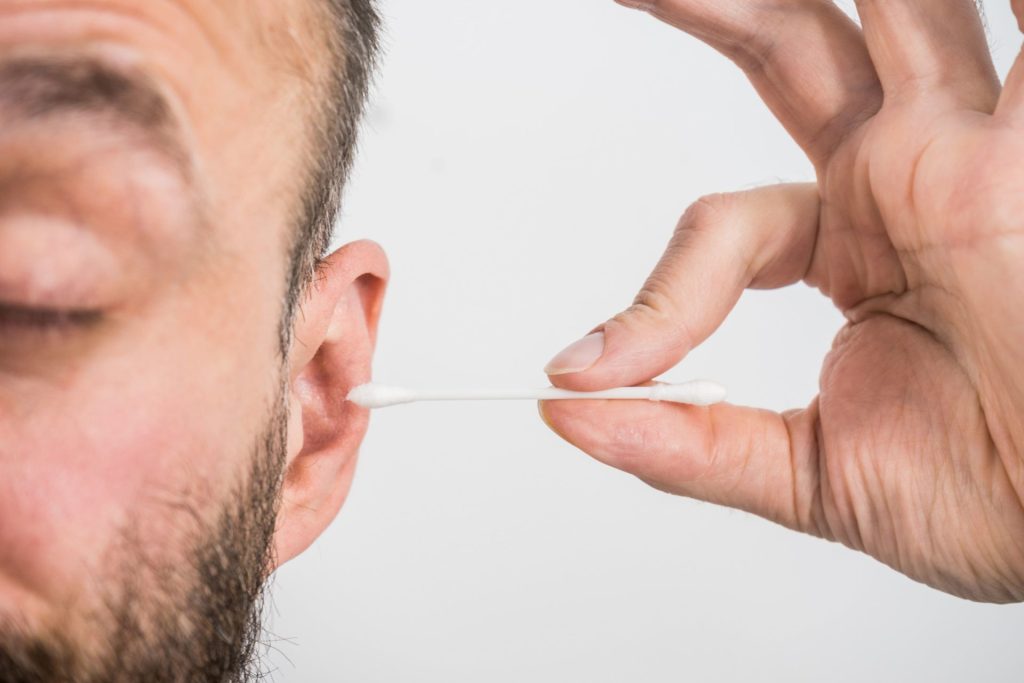Our ears serve not only as instruments for hearing but also as indicators of our overall health. Changes in earwax color, ear shape, and auditory sensations can provide valuable insights into various health conditions. Understanding these signs can aid in early detection and prompt medical attention.
Earwax, or cerumen, plays a vital role in protecting the ear canal by trapping dust and preventing bacterial infections. However, alterations in its color or texture may signal underlying health issues:

- Gray Earwax: Often resulting from exposure to environmental pollutants, gray earwax is generally harmless unless accompanied by irritation.
- Bloody Earwax: The presence of blood may indicate an injury or a perforated eardrum, necessitating immediate medical evaluation.
- Dark Brown Earwax: This could be a response to heightened stress levels. Implementing stress-reduction techniques may help normalize earwax color.
- Black Earwax: Potentially a sign of a fungal infection, black earwax should prompt consultation with a healthcare provider for appropriate treatment.
- White Earwax: May suggest a deficiency in certain vitamins, highlighting the need for dietary adjustments to ensure adequate nutrient intake.
Monitoring these changes can be instrumental in identifying and addressing health concerns promptly.
The physical characteristics of the ears can also reflect systemic health conditions:
- Earlobe Crease (Frank’s Sign): A diagonal crease on the earlobe has been associated with an increased risk of coronary heart disease. While not definitive, its presence warrants further cardiovascular evaluation.
- Unusual Ear Shape: Congenital anomalies in ear shape may be linked to renal issues, as the ears and kidneys develop simultaneously during embryogenesis.
Recognizing these physical signs can facilitate early detection of potential health problems.
Certain auditory sensations can be symptomatic of broader health issues:
- Tinnitus (Ringing in the Ears): While commonly associated with exposure to loud noises, tinnitus can also result from conditions like temporomandibular joint disorders or neurological issues.
- Itchy Ears: Persistent itching may be indicative of skin conditions such as psoriasis or eczema, or fungal infections, necessitating medical attention.
- Earache: Pain in the ear can stem from infections, dental issues, or temporomandibular joint disorders, and should be evaluated to determine the underlying cause.
Awareness of these symptoms and their potential implications is crucial for maintaining auditory and overall health.
Hearing loss can develop gradually and may be overlooked. Factors contributing to hearing impairment include:

- Age-Related Hearing Loss (Presbycusis): A natural decline in hearing ability as part of the aging process.
- Noise-Induced Hearing Loss: Prolonged exposure to loud environments can damage the inner ear structures.
- Ototoxic Medications: Certain drugs can adversely affect hearing.
- Underlying Health Conditions: Diseases such as diabetes and cardiovascular disorders can impact auditory function.
Regular hearing assessments are recommended, especially for individuals over 40 or those exposed to risk factors.
Our ears offer valuable insights into our health. By paying attention to changes in earwax, ear shape, and auditory sensations, we can detect potential health issues early. Regular check-ups and prompt medical consultations upon noticing abnormalities are essential steps in maintaining both auditory and overall well-being.
physicianshearingservices.com

















